One to One Functions - Graph, Examples | Horizontal Line Test
What is a One to One Function?
A one-to-one function is a mathematical function where each input corresponds to a single output. That is to say, for each x, there is a single y and vice versa. This means that the graph of a one-to-one function will never intersect.
The input value in a one-to-one function is noted as the domain of the function, and the output value is noted as the range of the function.
Let's look at the examples below:
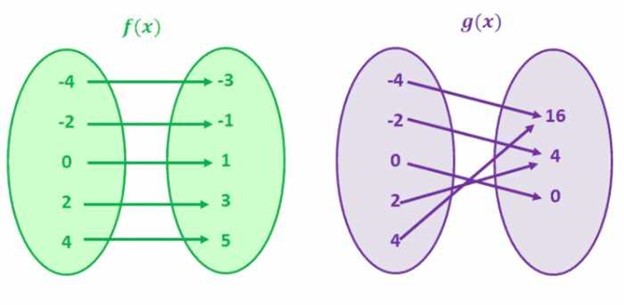
For f(x), each value in the left circle correlates to a unique value in the right circle. In conjunction, each value on the right corresponds to a unique value in the left circle. In mathematical words, this implies every domain owns a unique range, and every range owns a unique domain. Thus, this is a representation of a one-to-one function.
Here are some different examples of one-to-one functions:
-
f(x) = x + 1
-
f(x) = 2x
Now let's look at the second example, which displays the values for g(x).
Notice that the inputs in the left circle (domain) do not have unique outputs in the right circle (range). For instance, the inputs -2 and 2 have the same output, that is, 4. In conjunction, the inputs -4 and 4 have equal output, i.e., 16. We can comprehend that there are equivalent Y values for multiple X values. Thus, this is not a one-to-one function.
Here are additional representations of non one-to-one functions:
-
f(x) = x^2
-
f(x)=(x+2)^2
What are the characteristics of One to One Functions?
One-to-one functions have the following qualities:
-
The function has an inverse.
-
The graph of the function is a line that does not intersect itself.
-
It passes the horizontal line test.
-
The graph of a function and its inverse are equivalent regarding the line y = x.
How to Graph a One to One Function
In order to graph a one-to-one function, you are required to figure out the domain and range for the function. Let's look at a simple example of a function f(x) = x + 1.
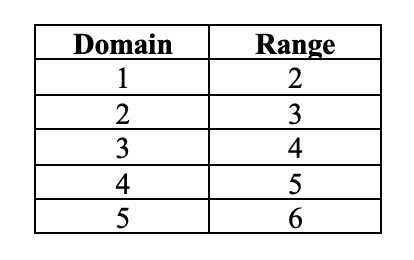
Once you know the domain and the range for the function, you need to plot the domain values on the X-axis and range values on the Y-axis.
How can you tell whether or not a Function is One to One?
To indicate whether a function is one-to-one, we can use the horizontal line test. Once you graph the graph of a function, trace horizontal lines over the graph. In the event that a horizontal line passes through the graph of the function at more than one place, then the function is not one-to-one.
Because the graph of every linear function is a straight line, and a horizontal line will not intersect the graph at more than one place, we can also reason that all linear functions are one-to-one functions. Remember that we do not use the vertical line test for one-to-one functions.
Let's study the graph for f(x) = x + 1. Immediately after you plot the values for the x-coordinates and y-coordinates, you have to examine whether or not a horizontal line intersects the graph at more than one point. In this example, the graph does not intersect any horizontal line more than once. This indicates that the function is a one-to-one function.
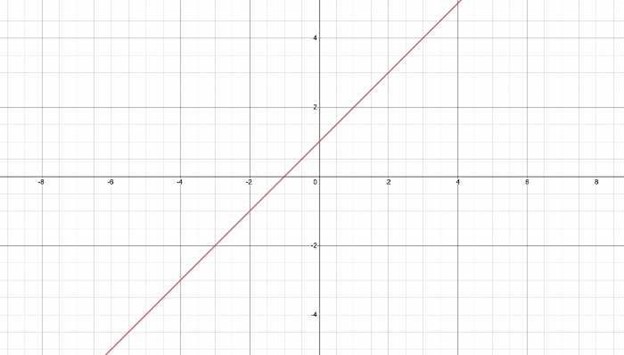
On the other hand, if the function is not a one-to-one function, it will intersect the same horizontal line multiple times. Let's study the figure for the f(y) = y^2. Here are the domain and the range values for the function:
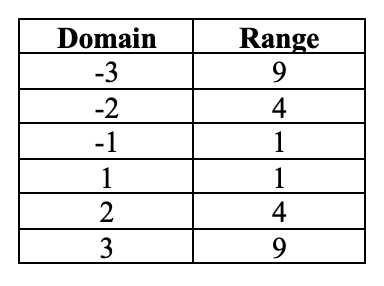
Here is the graph for the function:
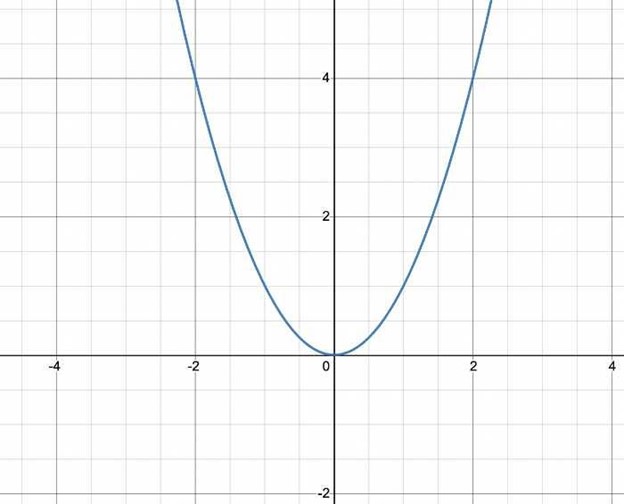
In this case, the graph meets numerous horizontal lines. For example, for each domains -1 and 1, the range is 1. Additionally, for each -2 and 2, the range is 4. This signifies that f(x) = x^2 is not a one-to-one function.
What is the opposite of a One-to-One Function?
As a one-to-one function has just one input value for each output value, the inverse of a one-to-one function is also a one-to-one function. The opposite of the function basically reverses the function.
Case in point, in the event of f(x) = x + 1, we add 1 to each value of x for the purpose of getting the output, in other words, y. The opposite of this function will deduct 1 from each value of y.
The inverse of the function is f−1.
What are the characteristics of the inverse of a One to One Function?
The characteristics of an inverse one-to-one function are identical to any other one-to-one functions. This implies that the inverse of a one-to-one function will possess one domain for every range and pass the horizontal line test.
How do you figure out the inverse of a One-to-One Function?
Determining the inverse of a function is simple. You simply need to swap the x and y values. For instance, the inverse of the function f(x) = x + 5 is f-1(x) = x - 5.
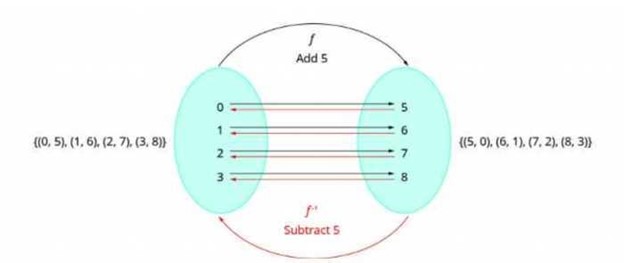
Considering what we reviewed before, the inverse of a one-to-one function reverses the function. Because the original output value required us to add 5 to each input value, the new output value will require us to deduct 5 from each input value.
One to One Function Practice Questions
Consider these functions:
-
f(x) = x + 1
-
f(x) = 2x
-
f(x) = x2
-
f(x) = 3x - 2
-
f(x) = |x|
-
g(x) = 2x + 1
-
h(x) = x/2 - 1
-
j(x) = √x
-
k(x) = (x + 2)/(x - 2)
-
l(x) = 3√x
-
m(x) = 5 - x
For every function:
1. Figure out whether the function is one-to-one.
2. Graph the function and its inverse.
3. Find the inverse of the function algebraically.
4. Specify the domain and range of both the function and its inverse.
5. Use the inverse to solve for x in each calculation.
Grade Potential Can Help You Learn You Functions
If you are facing difficulties trying to learn one-to-one functions or similar concepts, Grade Potential can connect you with a 1:1 tutor who can assist you. Our Raleigh math tutors are skilled professionals who assist students just like you enhance their understanding of these subjects.
With Grade Potential, you can learn at your individual pace from the convenience of your own home. Plan a call with Grade Potential today by calling (919) 726-0356 to get informed about our teaching services. One of our team members will call you to better determine your requirements to set you up with the best instructor for you!




